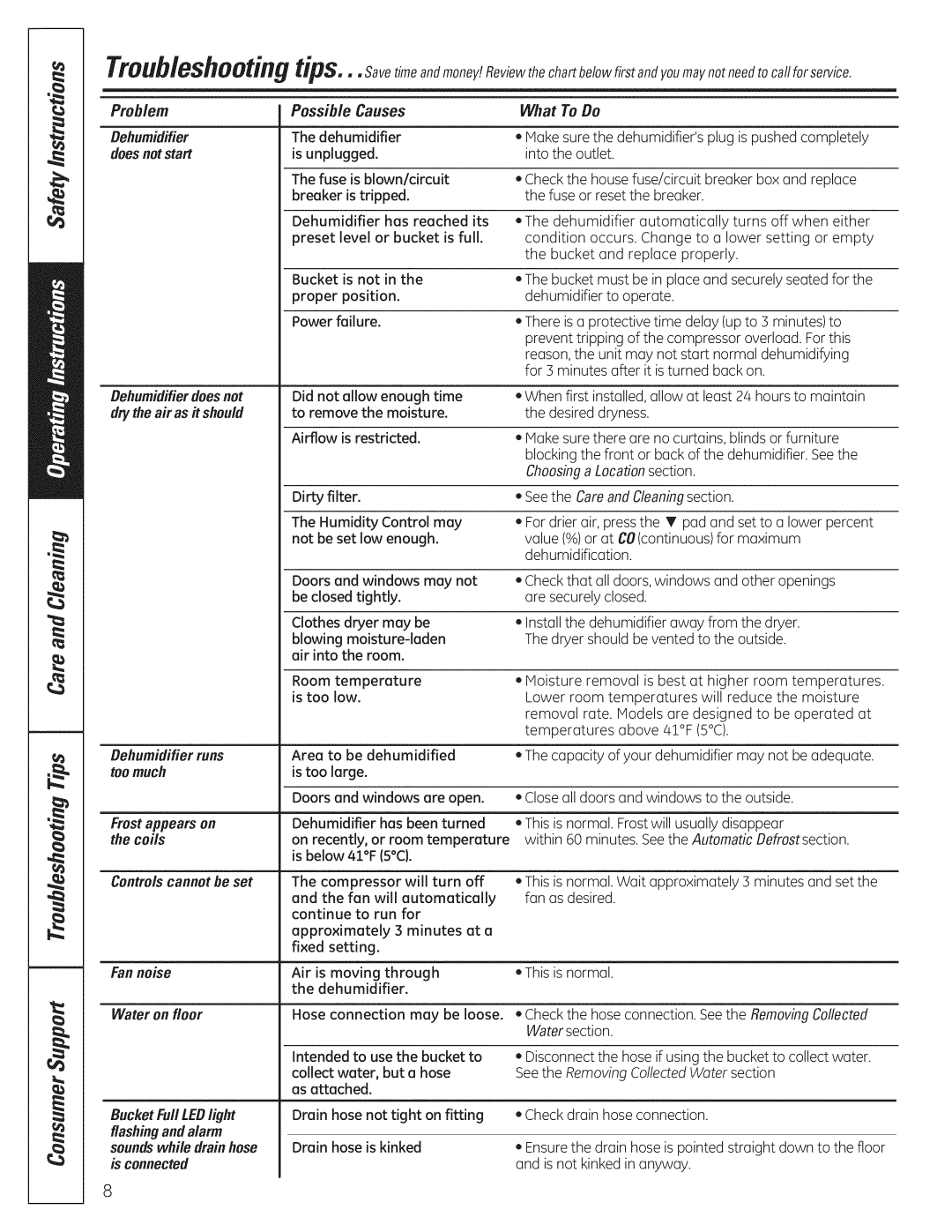ADERSO, ADEHSO specifications
GE ADEHSO (Advanced Electrical High-Density Switching Optimization) and ADERSO (Advanced Distributed Energy Resource Switching Optimization) are cutting-edge technologies developed by General Electric to address the evolving challenges in energy management and distribution. These systems are specifically designed to enhance the efficiency, reliability, and performance of electrical grids, particularly in a landscape where renewable energy and distributed generation sources are becoming more prevalent.One of the main features of GE ADEHSO is its ability to optimize the switching operations in high-density electrical networks. It utilizes advanced algorithms and machine learning techniques to analyze real-time load conditions, allowing for dynamic reconfiguration of the network. This capability not only enhances the resilience of the grid but also minimizes downtime and enhances service reliability, thereby reducing operational costs for utilities.
ADERSO complements ADEHSO by focusing on distributed energy resources (DERs). With the increasing integration of solar panels, wind turbines, and battery storage systems, the need for sophisticated management of these resources has never been more critical. ADERSO provides a comprehensive framework for coordinating and optimizing DERs to ensure that they are utilized effectively while maintaining grid stability. It facilitates peer-to-peer energy trading and enhances demand response initiatives, contributing to a greener energy landscape.
Both ADEHSO and ADERSO utilize the Internet of Things (IoT) technologies to create smart grid systems. By leveraging IoT sensors and devices, these systems can gather and process data from various sources, providing utilities with unprecedented insights into grid operations. This data-driven approach allows for proactive maintenance and quicker response to potential outages or system failures.
In terms of characteristics, GE ADEHSO and ADERSO are designed to be scalable and adaptable. They can be integrated into existing grid infrastructures without significant overhauls, making them suitable for a wide range of applications—from urban centers to remote areas. Furthermore, their user-friendly interfaces allow operators to easily interact with the systems, facilitating intuitive management of complex energy networks.
In summary, GE ADEHSO and ADERSO represent a significant advancement in energy distribution and management technologies. By enhancing switching operations and optimizing the integration of distributed energy resources, these systems not only improve grid reliability but also play a crucial role in advancing the global transition towards sustainable energy sources.

